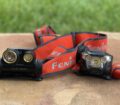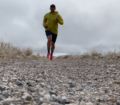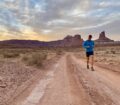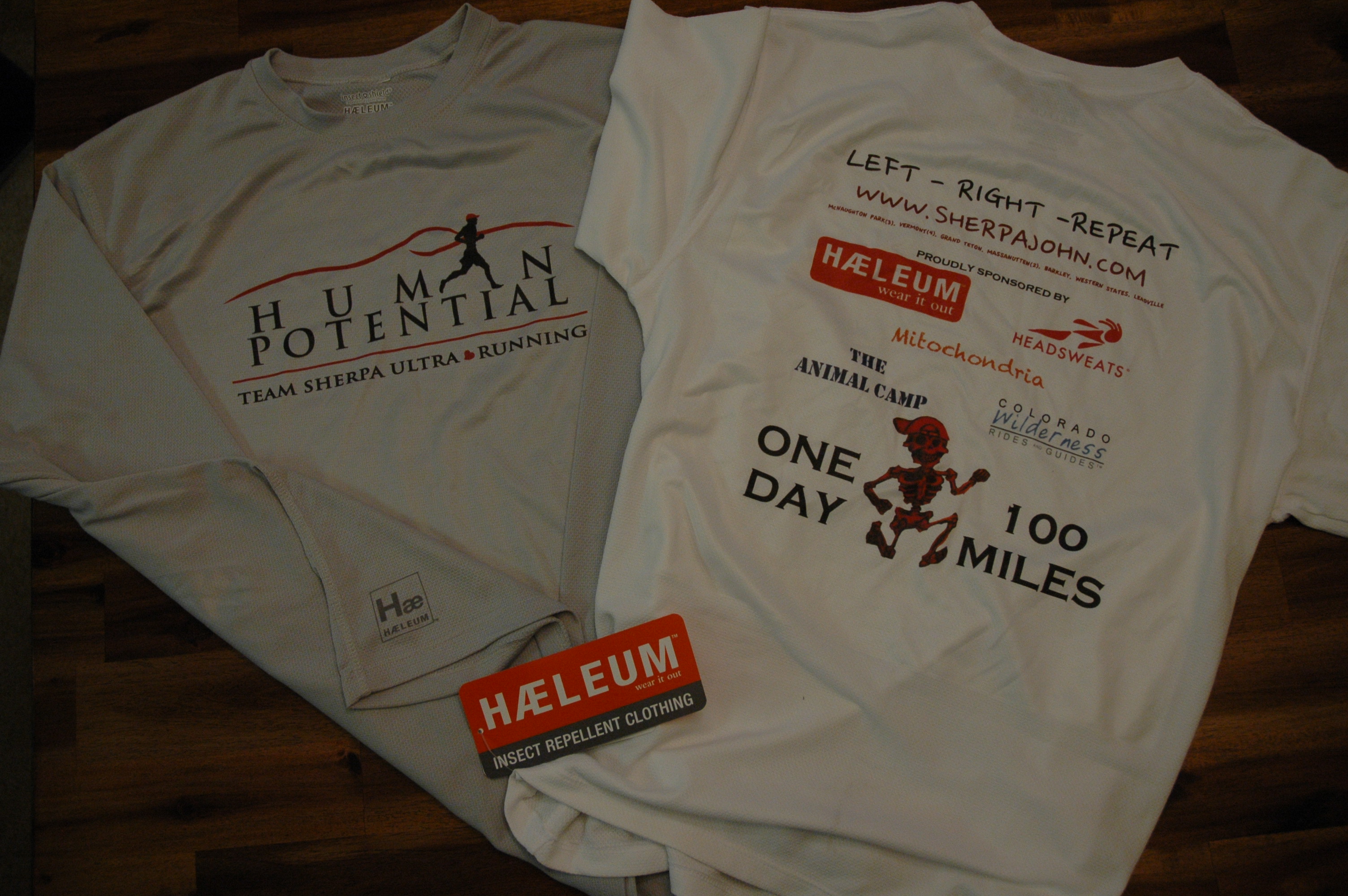 I’ve been fortunate enough to meet a lot of amazing athletes as an ultra runner. I met Shane Niemeyer when I volunteered to carry water for some elite triathletes in Boulder. My job was to carry waters and gels on my mountain bike and provide rolling support for some fast dudes prepping for Ironman Kona. After the 20 mile run that seemed over in a blink, we all sat down and had breakfast. It was then I learned about the man I had been following all day. Shane is the author of “The Hurt Artist” which is a captivating book about his transformation from heroin junkie to Ironman elite. Since that morning I have had the pleasure of spending time with Shane on and off the training circuit. For miles on end I have studied his form and learned about the importance of strength conditioning.
I’ve been fortunate enough to meet a lot of amazing athletes as an ultra runner. I met Shane Niemeyer when I volunteered to carry water for some elite triathletes in Boulder. My job was to carry waters and gels on my mountain bike and provide rolling support for some fast dudes prepping for Ironman Kona. After the 20 mile run that seemed over in a blink, we all sat down and had breakfast. It was then I learned about the man I had been following all day. Shane is the author of “The Hurt Artist” which is a captivating book about his transformation from heroin junkie to Ironman elite. Since that morning I have had the pleasure of spending time with Shane on and off the training circuit. For miles on end I have studied his form and learned about the importance of strength conditioning.
Knowing that I want to have an injury-free 2015 with improved results, I contacted Shane and asked him to share some core strengthening exercises to get my training off on the right foot. For the best benefit from the information Shane has provided, I suggest reading the overview below and then watching the videos. There’s more to running than “run, eat, sleep and repeat.” The runners who want to improve will want to add core and stability work into their plans. Now enough of me – let’s hand it over to Shane.
Intro to strength training for Trail Runner and Ultra Runner:
Below I have cobbled together some strength/stability exercises that can be done anyplace (though there is a ton of value in belonging to a gym and having access to all the modalities provided). All the patterns are designed to create more strength and stability through the entire system which will enhance your ability to react off of the ground, improve economy of movement and reduce the risk of injury.
As a race or run progresses, the quality of movement deteriorates. At the beginning of a run we have better postural control which translates into more efficient energy into and out of the ground (directed as forward or uphill movement). As the run progresses, that postural control or what we call “structural efficiency” begins to wane. This is evidenced by the foot striking the ground and instead of getting in and out of the ground effectively, more time is spent on the ground as the body begins to collapse (shoulders hunch, hips become squatty, ankles roll towards the ground, knees drift across the midline).
Some bio-mechanists have termed these inefficiencies as power or force leaks. If, with every step you begin to collapse or squish towards the ground you are leaking energy that should be transmitted into forward momentum. Strength training makes the body more durable and able to withstand all the forces that enter and exit the body while running. Here it is important to mention that running is thousands upon thousands of single leg bounds or hops occurring on a changing base of support (as we alternate feet we are alternating our base of support). The stronger and more stable an athlete becomes the more efficient they become at absorbing and redirecting forces as intended.
Perhaps more important than improving our economy of movement, strength training reduces the risk of injury throughout the season. When we don’t have appropriate ranges of motion where motion is needed, or stability and strength where they are needed, we are at a much greater risk of injury. All the mechanical and repetitive movement that running involves (typically in one plane) inherently destabilizes the joints and tissues that assist movement in other planes. Our bodies were designed for dynamic movement in multiple planes. We cannot get this quality of movement from running alone. The exercises below will help to address some of these issues.
For this particular installment of exercises, its best to organize the patterns in groups of 2-3 exercises and cycle through them as a “superset” taking only :15-:20 between each exercise and 2 minutes rest at the half way point.
PLAYLIST: Click here for videos.
INTRO: intro to our installment
SUPERMAN: perform 3 sets of 8-12 repetitions. Do not force the range of motion here, but over the course of time try and extend the movement towards the end rage (where comfortable)
SINGLE LEG EXCURSION: perform 3-4 sets of 8-10 repetitions per direction.
SHOULDER RETRACTION AND ABDUCTION: complete 3-4 sets of 12-18 repetitions. Use the gluteals to lift the legs off the floor. Keep the hands up high off the ground.
SINGLE LEG V-UP: 3-4 sets of 8-12 reps. This is a great way to get anatomically long and then short.
ALLIGATOR CRAWL: 3 sets of 8 steps per limb. I was really conflicted to add this one or not. Ultimately, I chose to add it. Crawling patterns are one of the best ways to stimulate the entire body in a very functional way. Remember, we all start out in life crawling. Performing the crawl without the push up is fine, and likely a better way to begin. Click here for the other version.
SINGLE LEG SQUAT AND CROSSOVER: 3 sets of 8-10 reps per. Make sure that you decelerate the load effectively, try to not “fall” towards the ground. Keep the knee spatially fixed between the foot and hip, not allowing it to drift over the midline.
SIDE PLANK WITH ROTATION: 3-4 sets of 8-12 reps. Do not “shrug” the shoulder.
 Shane Niemeyer (CSCS, PES, CPT) is a coach, motivational speaker, author and elite endurance athlete. As a strength and conditioning expert and endurance coach, Shane has helped individuals of all abilities to achieve their goals. For inquiries or questions on the above, feel free to contact Shane through his website at www.trueambitions.com or on Twitter @shaneniemeyer.
Shane Niemeyer (CSCS, PES, CPT) is a coach, motivational speaker, author and elite endurance athlete. As a strength and conditioning expert and endurance coach, Shane has helped individuals of all abilities to achieve their goals. For inquiries or questions on the above, feel free to contact Shane through his website at www.trueambitions.com or on Twitter @shaneniemeyer.
Cover Photo: Ben Eaton @e10pitches

















